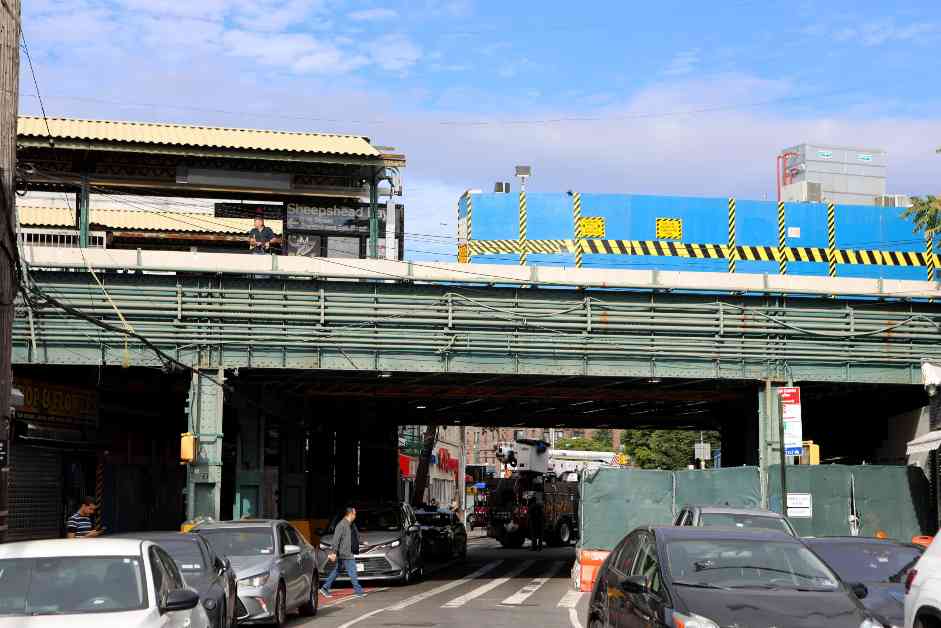The MTA’s latest five-year plan for transit upgrades is focusing on the critical structures that support the city’s subway lines, particularly the 61 miles of outdoor tracks above ground. With a proposed $68.4 billion capital program, $9 billion will be allocated for urgent repairs to these elevated structures.
A significant portion of this funding, $1.75 billion, will be dedicated to strengthening 20 miles of New York City Transit structures in The Bronx, Brooklyn, Manhattan, and Queens through waterproofing and improved paint jobs. Currently, about 50% of the elevated structures are in poor or marginal condition, with the paint meant to prevent corrosion lasting beyond its intended lifespan of 15 years.
MTA Construction & Development President Jamie Torres-Springer emphasized the importance of this preventative work to avoid unsafe conditions that could lead to line closures. The plan prioritizes the rehabilitation of critical structures over the previous capital program, recognizing the need to address neglected infrastructure that has been left untouched for years.
The allocated funds for maintaining the above-ground lines represent a substantial portion of the 2025-2029 capital program, which primarily focuses on maintaining the aging subway system. In addition to these repairs, there are plans for a new light-rail line, the Interborough Express, with an estimated cost of $5.5 billion.
However, securing funding for the entirety of the $68 billion program remains uncertain, especially with the unexpected setback caused by the postponement of the Central Business District Tolling Program. This delay forced the MTA to reprioritize its current capital plan and defer critical upgrades to its infrastructure.
MTA board members are set to review and vote on the proposed 2025-2029 plan, highlighting the urgency of addressing the deteriorating condition of the transit system. By investing in the maintenance and repair of elevated structures, the MTA aims to ensure the safety and reliability of the subway system for millions of New Yorkers who rely on it daily.
As concerns about the structural integrity of the elevated tracks continue to grow, the MTA’s commitment to addressing these issues becomes even more crucial. With incidents of debris falling from tracks in the past, including one that damaged a parked vehicle, the need for proactive maintenance and repairs is evident.
Ultimately, keeping the elevated portions of the subway system in good condition is not only essential for the safety of passengers and pedestrians but also for the long-term sustainability of the transit network. By prioritizing the rehabilitation of critical structures, the MTA is taking a step towards ensuring a reliable and efficient transportation system for all New Yorkers.

